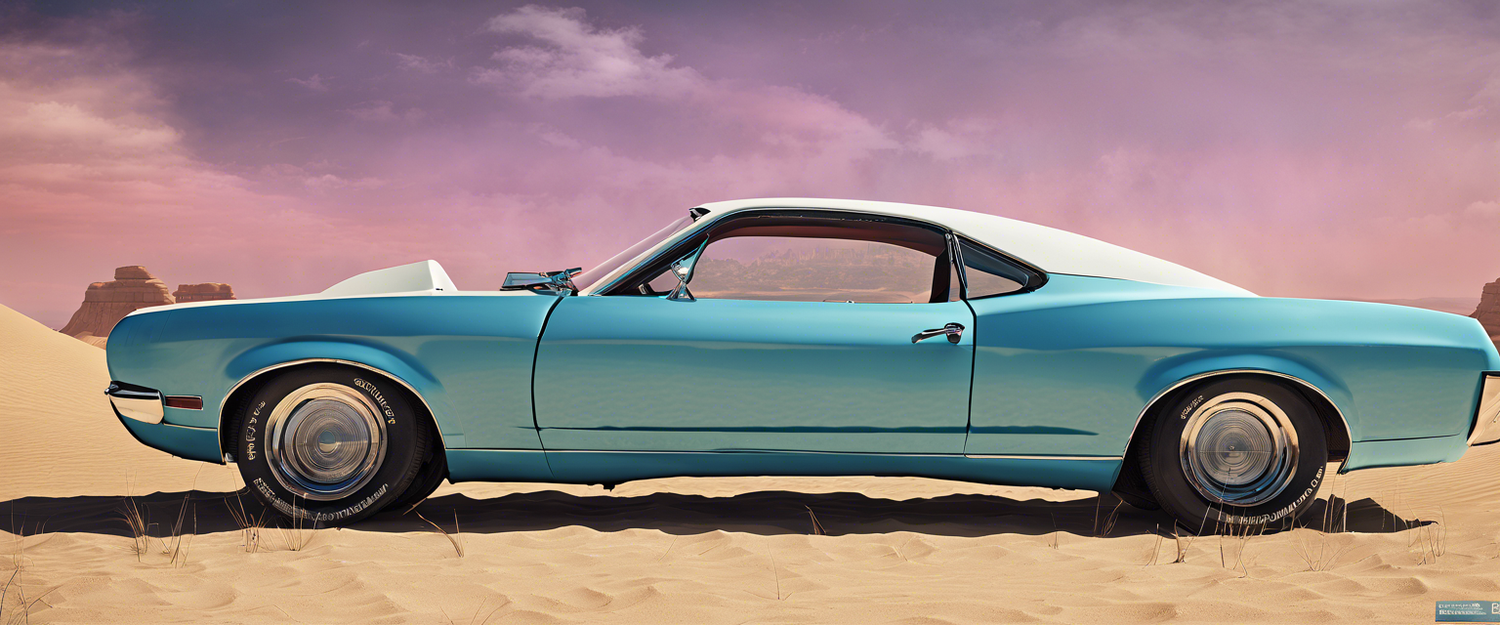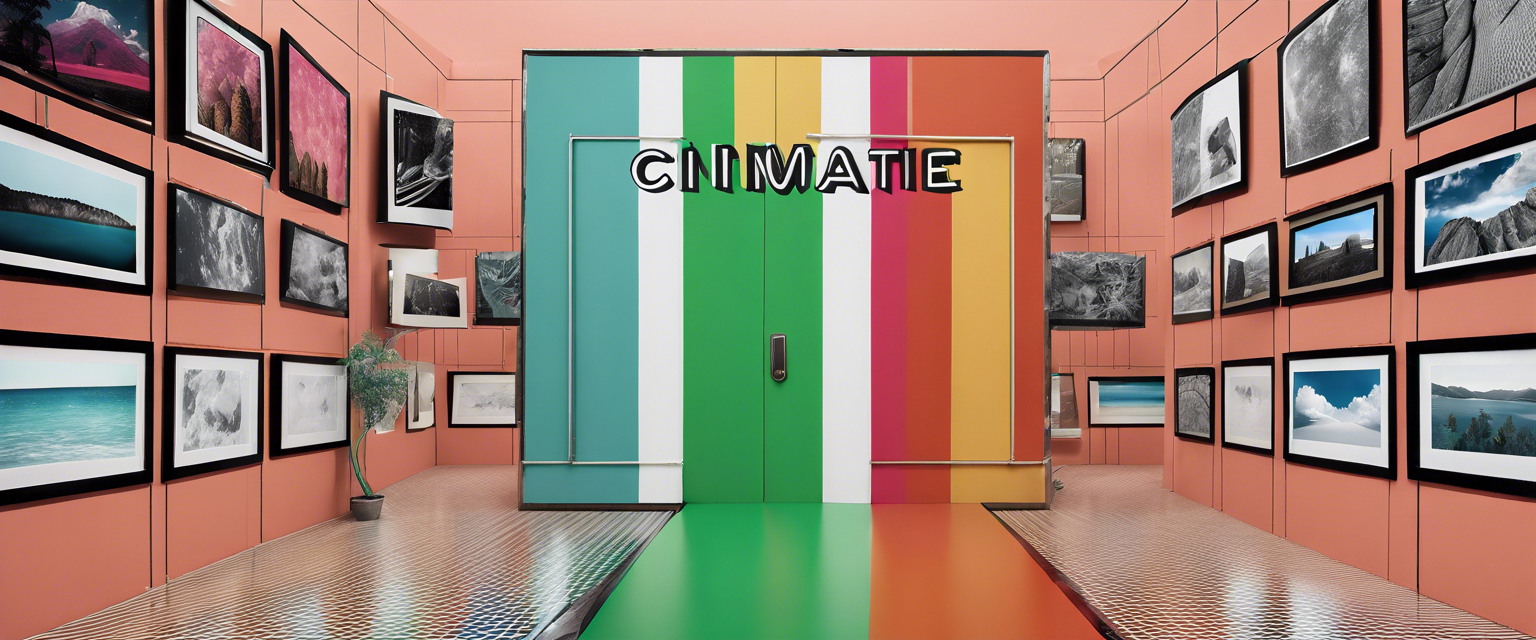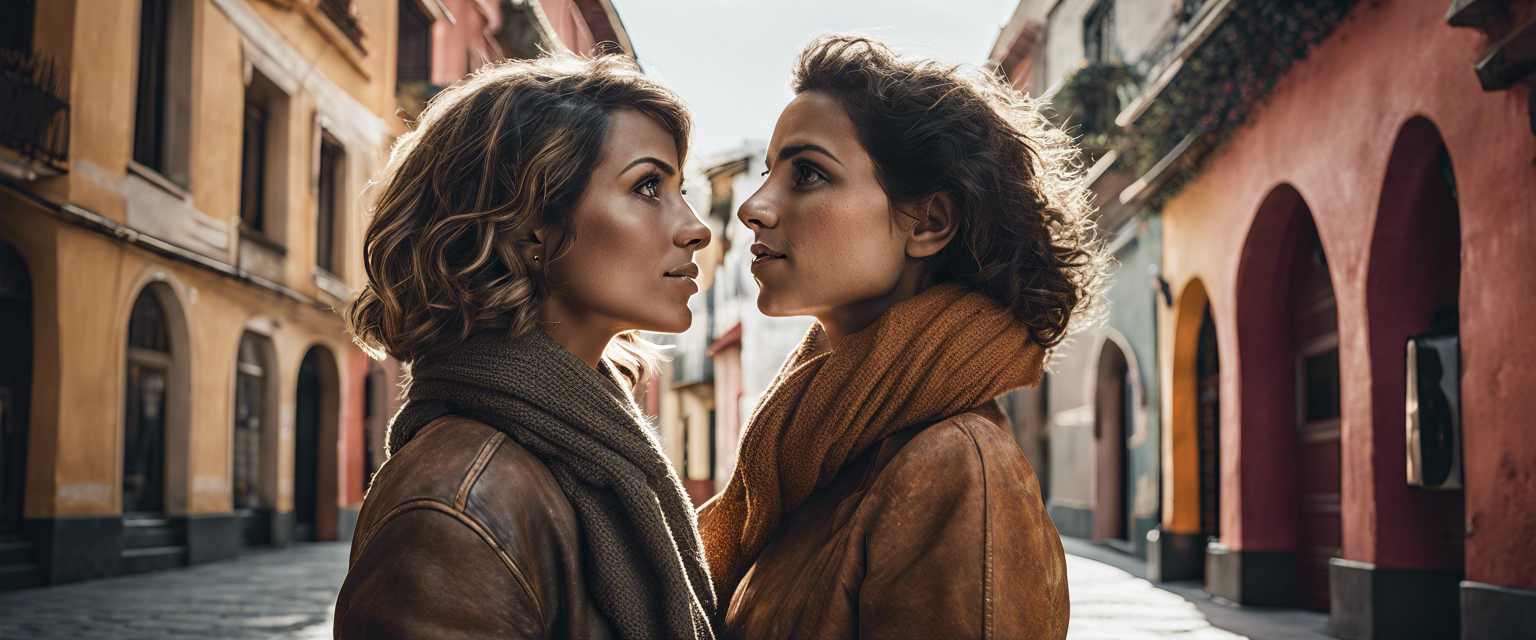Understanding Prompt Engineering in AI
Prompt engineering is an emerging concept within the realm of artificial intelligence, particularly in natural language processing (NLP). It involves constructing the input by embedding task descriptions within prompts. The outcome of these prompts can vary significantly depending on the selected tools and models. For instance, utilizing different models like Stable Diffusion will yield diverse results.
The Basics of Raw Prompts
A raw prompt is essentially a simple, straightforward description of the desired output. Many novices begin their creative process using only raw prompts. While this initial approach is common, it is often insufficient as the generated images can appear random and chaotic. Although acceptable, these initial results might not be particularly remarkable. For example, a raw prompt might generate a basic image of a tiger, a skyscraper, or a watch using Stable Diffusion.
Enhancing Prompts with Style
Incorporating style in your prompts is vital for achieving more refined outputs. An AI system without a specified style typically defaults to the most prevalent styles it's encountered in training data. A carefully chosen style, combined with a raw prompt, can lead to significant improvements in image quality. Below are some popular artistic styles you might consider:
- Realistic
- Oil painting
- Pencil drawing
- Concept art
- Digital art
- Cartoon
- Anime
- Manga
- Sketch
- Watercolor
- Abstract
- Surrealism
- Pop art
- Futurism
For example, if you specify "tiger as a pencil drawing," the results become markedly superior.
Techniques for Realistic Imagery
To optimize prompts for a realistic image, consider using the following syntax:
- photo of + raw prompt
- photograph of + raw prompt
- raw prompt, hyperrealistic
- raw prompt, realistic
For oil paintings, integrate "an oil painting of" into your prompt. Should the image depict a painting within a frame, simply re-run the prompt or redefine it as raw prompt + "oil painting." Similarly, for pencil drawings, you can specify "pencil drawing of" in your prompt.
Incorporating Influences from Renowned Artists
Enhancing your style by referencing well-known artists can yield striking results. For instance, if aiming for an abstract look, you might include references to Pablo Picasso. Here are some artist suggestions categorized by style:
- Portrait: John Singer Sargent, Edgar Degas, Paul Cezanne, Jan van Eyck
- Oil Painting: Leonardo Da Vinci, Vincent Van Gogh, Johannes Vermeer, Rembrandt
- Pencil/Pen Drawing: Albrecht Durer, Leonardo da Vinci, Michelangelo, Jean-Auguste-Dominique Ingres
- Landscape Art: Thomas Moran, Claude Monet, Alfred Bierstadt, Frederic Edwin Church
For example, a prompt might state, "Tiger Oil Painting made by Pablo Picasso" for a unique artistic output.
Adding Final Touches to Prompts
To refine your image further, consider including finishing touches in your prompts. Phrases such as "trending on ArtStation" can elevate an artistic effect, while "Unreal Engine" might enhance realism. Here are some illustrative examples you might use:
- Highly detailed
- Surrealism
- Trending on ArtStation
- Triadic color scheme
- Smooth, sharp focus
- Matte, elegant finish
- Beautiful, epic composition
- 8k, 4k resolution
- Dramatic lighting
- Ambient lighting
- Bokeh effect
For example: "Tiger toy made of yarn" can give another context when executed correctly.
Resources for Prompt Engineering
For practical experimentation, tools like Stable Diffusion model or platforms such as Lexica Art are invaluable for creating art with tailored prompts.
Conclusion
In conclusion, prompt engineering is a powerful tool within the realm of AI art generation. By understanding how to structure your prompts effectively, including styles, artists, and finishing touches, you can significantly enhance the quality of generated images. Embrace the creative process and explore the depths of your imagination through the art of prompt engineering.



Leave a comment
All comments are moderated before being published.
यह साइट hCaptcha से सुरक्षित है और hCaptcha से जुड़ी गोपनीयता नीति और सेवा की शर्तें लागू होती हैं.